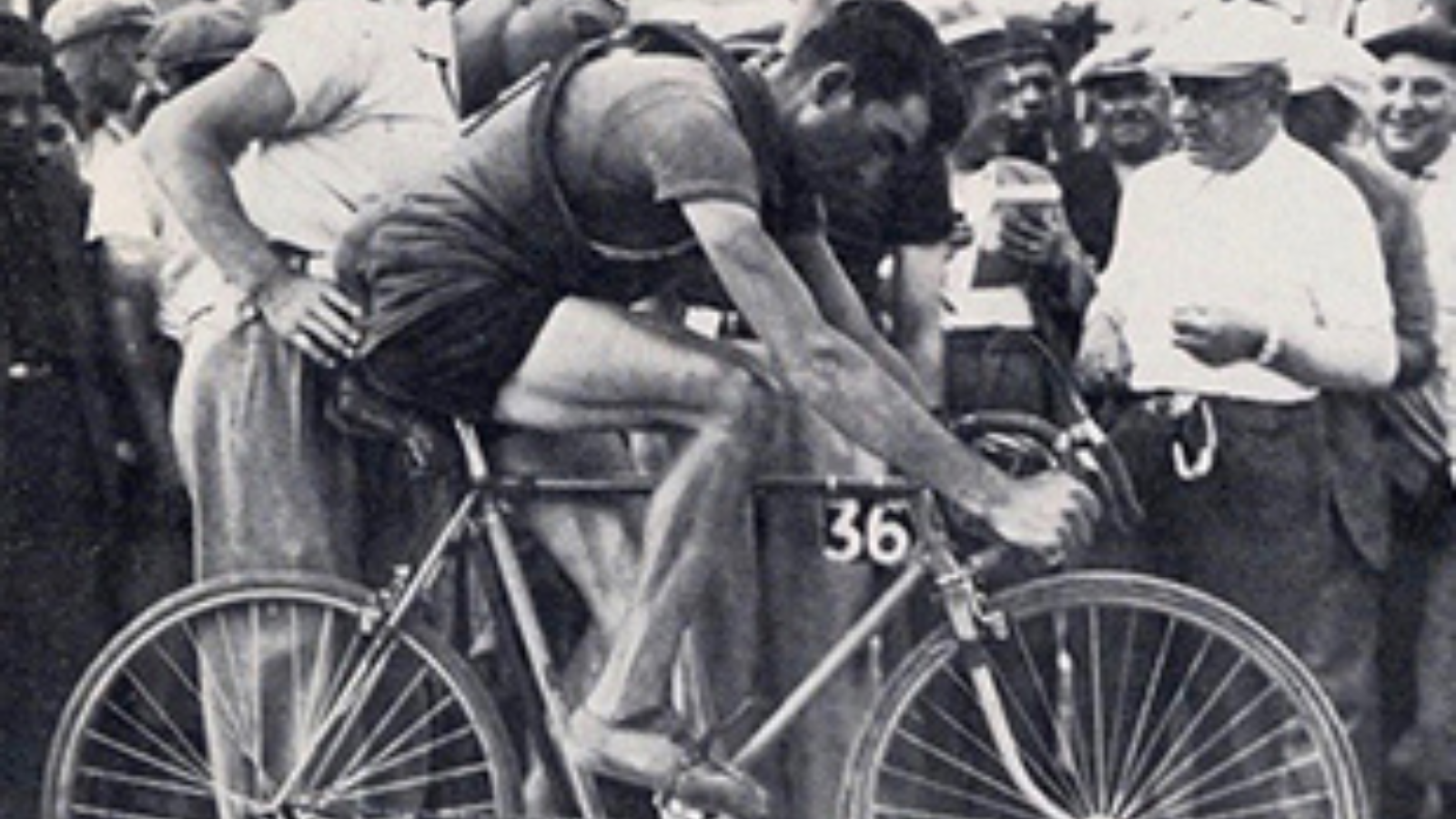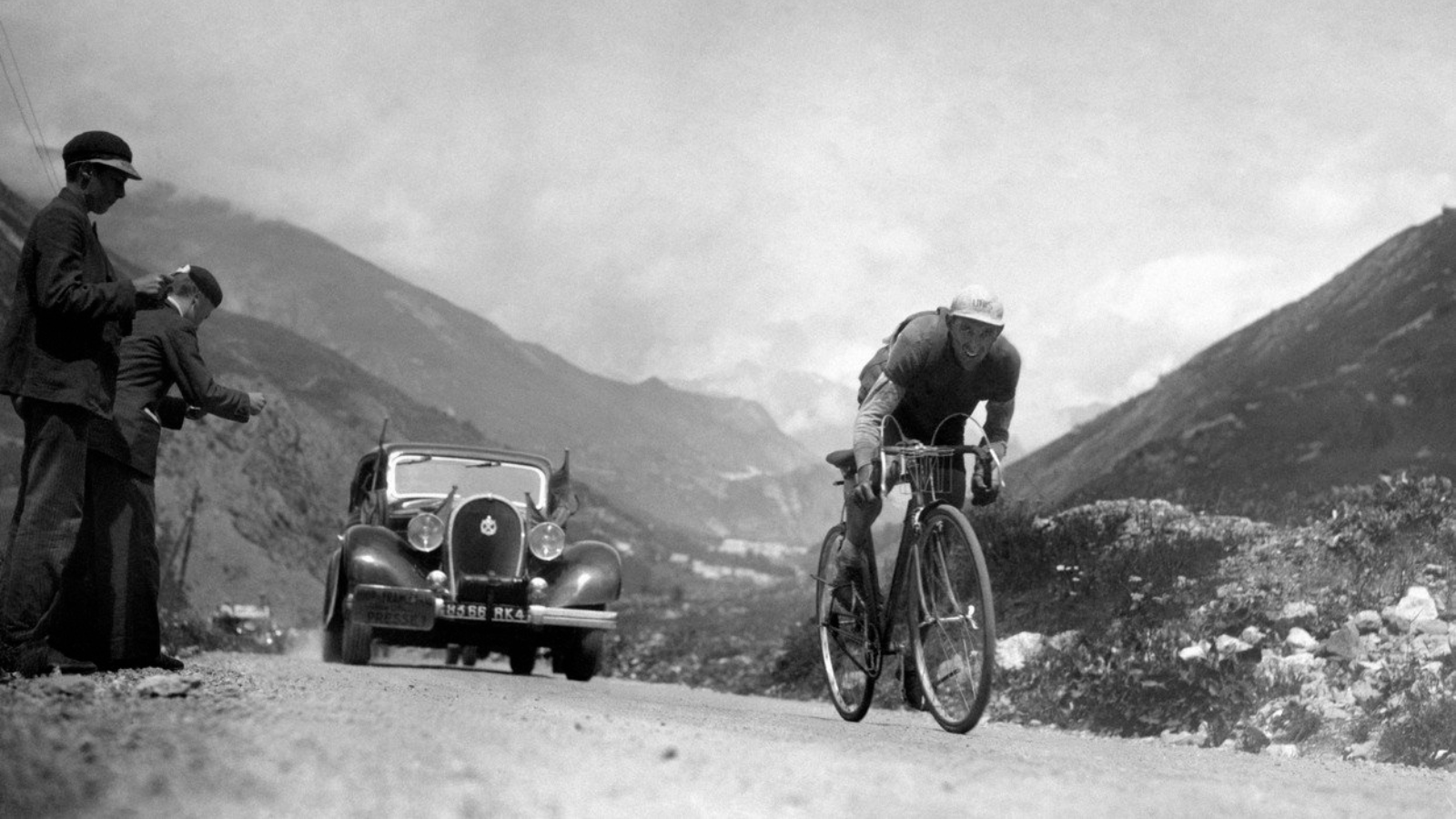It’s well known that many major road cycling races were originally created for marketing purposes, as sports newspapers saw increased sales by covering these events. However, a lesser-known story is that even the format of the individual time trial in the Tour de France was influenced by a rivalry between two newspapers.
L'Auto, the daily sports paper that had organized the Tour since its inception, was a morning publication. In contrast, Paris-Soir, as its name suggests, was an evening paper. To gain an edge,
Tour organizers carefully timed stage finishes late in the day,
ensuring Paris-Soir couldn’t publish the latest race results before L'Auto.
But in1932, Paris-Soir introduced the "Grand Prix des Nations," a race specifically for individual time trialists. Although the first edition saw limited success, the event became a major hit in 1933, particularly with strong performances from French riders. This success caught the attention of Henri Desgrange, the Tour de France founder, and inspired him to consider incorporating the time trial format into the Tour.
The 1934 Tour de France featured 23 stages, with the 21st stage split into two parts (A and B), introducing a groundbreaking new element to the race. Stage 21B, the second half of the day's racing,
marked the debut of the individual time trial (ITT) in the history of Tour de France.
The inaugural time trial was held over a challenging 90 km course from La Roche-sur-Yon to Nantes, and it quickly proved to be a defining moment in the race. Antonin Magne, already the race leader going into the time trial, solidified his dominance with an impressive victory.
Magne’s victory in this crucial stage helped pave the way for his second overall Tour de France title, following his previous win in 1931. His triumph in the 1934 race was significant not only because of his individual success but also because it highlighted the growing importance of time trials in professional cycling. The introduction of the ITT format was a real game-changer, providing a new layer of strategy to the race that continues to influence the Tour de France to this day.
MORE TOUR DE FRANCE FROM THE 1930
Antonin Magne on the Aubisque (Tour de France 1931)
The Col d’Aubisque is a true veteran among the iconic ascents of the Pyrenees, steeped in cycling history and tradition. This legendary climb has been a fixture in the Tour de France since 1910, when the race ventured into the high mountains for the very first time.
The first individual time trial at Tour de France
It’s well known that many major road cycling races were originally created for marketing purposes, as sports newspapers saw increased sales by covering these events. However, a lesser-known story is that even the format of the individual time trial in the Tour de France was influenced by a rivalry between two newspapers. L’Auto, the daily… Read More »The first individual time trial at Tour de France
Fédérico Ezquerra on the Galibier (Tour de France 1936)
Col du Galibier is one of the oldest participats among the ascents the peloton of Tour de France used to climb in the Alps. It was already part the program of the 1911 edition when the race visited the Alps for the very first time. In 1936, Col du Galibier, alongside with Thélégraphe… Read More »Fédérico Ezquerra on the Galibier (Tour de France 1936)


